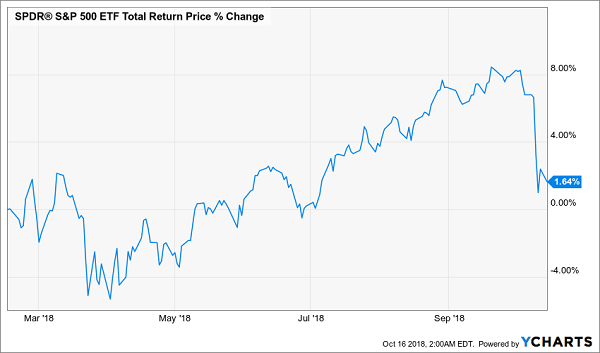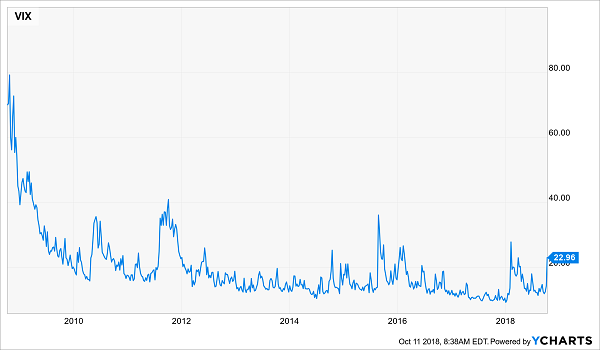Sears’ Bankruptcy Could Suffocate These 2 REIT Dividends
David Peltier, Senior Investment AnalystUpdated: October 26, 2018
Another one bites the dust.
That’s what I thought when I saw earlier this month that Sears Holdings (SHLD) was throwing in the towel and filing for bankruptcy.
The news was not too surprising for anyone that’s been following the retail sector, but with nearly 200 Sears and KMart stores that are now slated to close, it could be the blow that knocks some mall REIT dividends to the mat for a 10-count.
That’s because in addition to Sears, Mattress Firm, Brookstone, Claire’s and Bon-Ton are just a few of the retailers that also went under in 2018.
The mall was already on life support before Amazon.com… Read more


